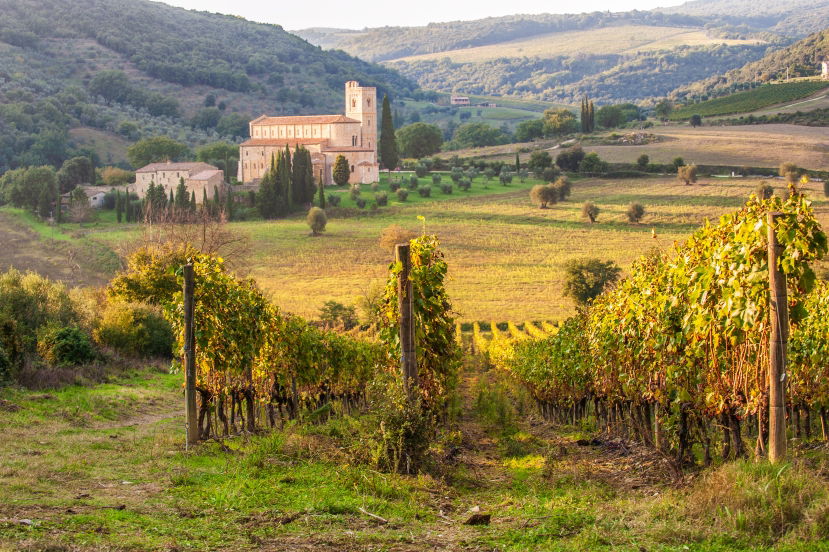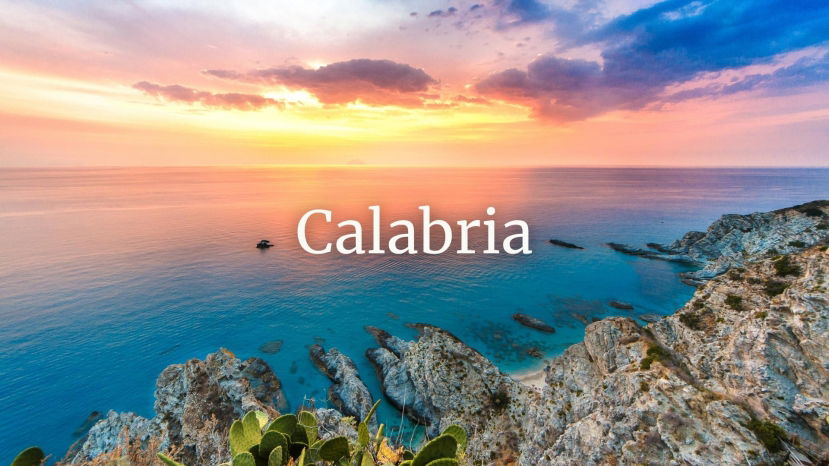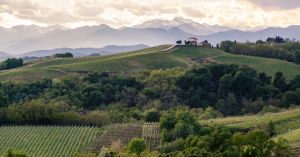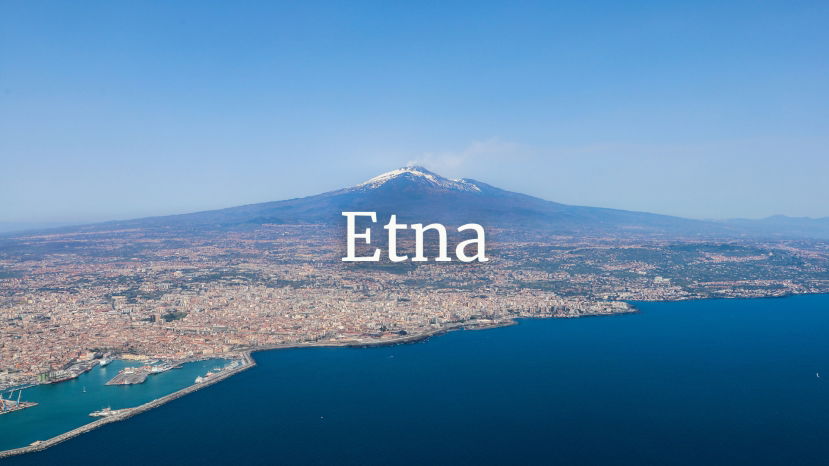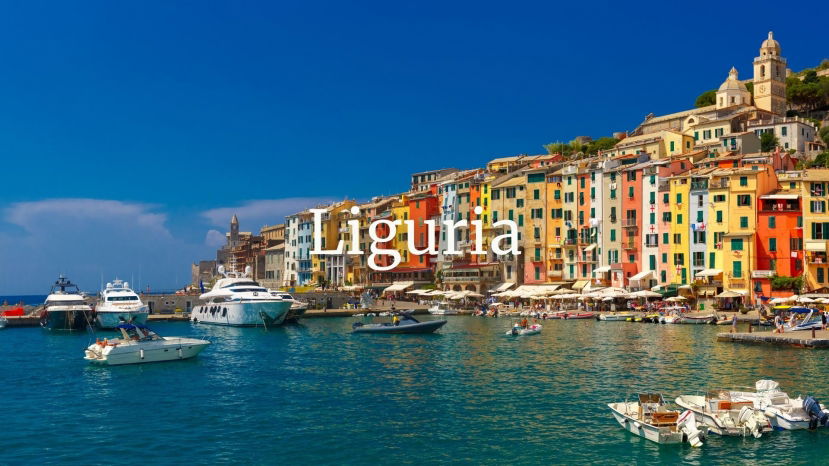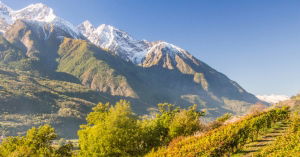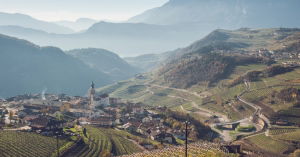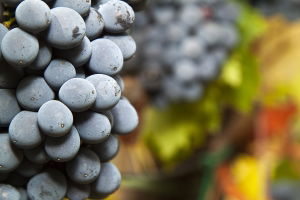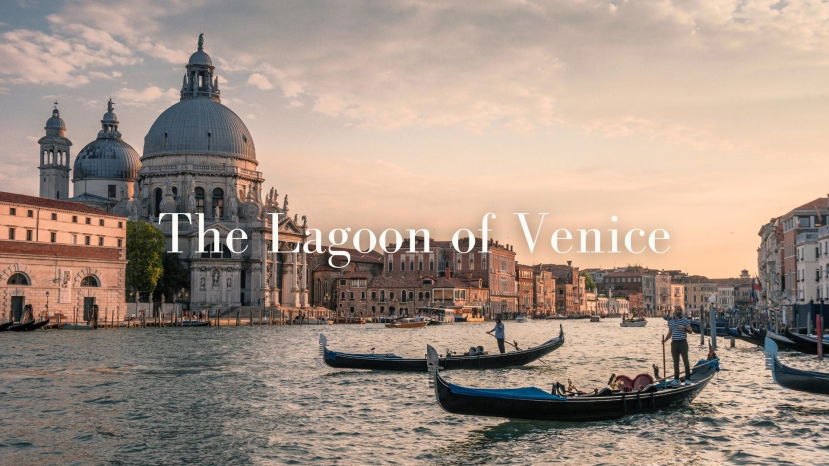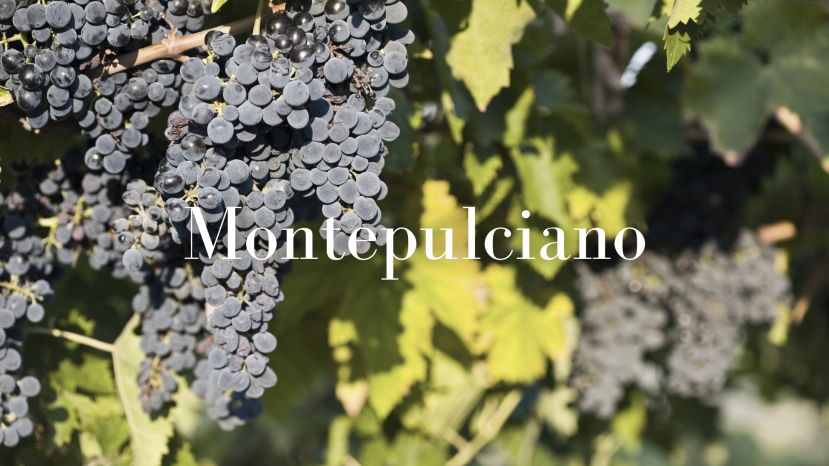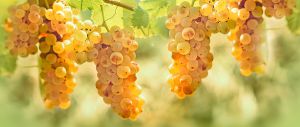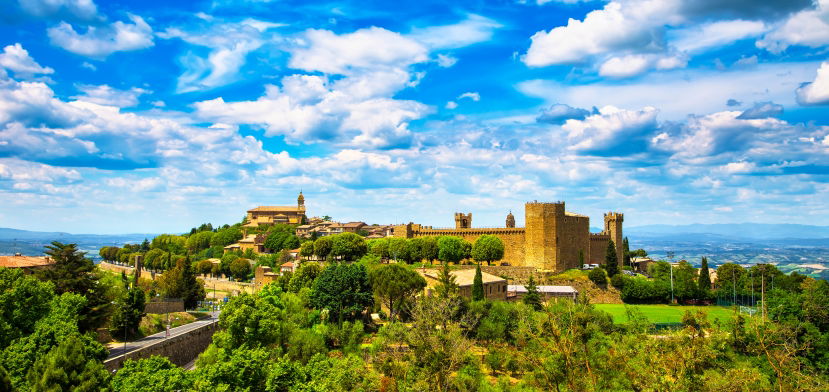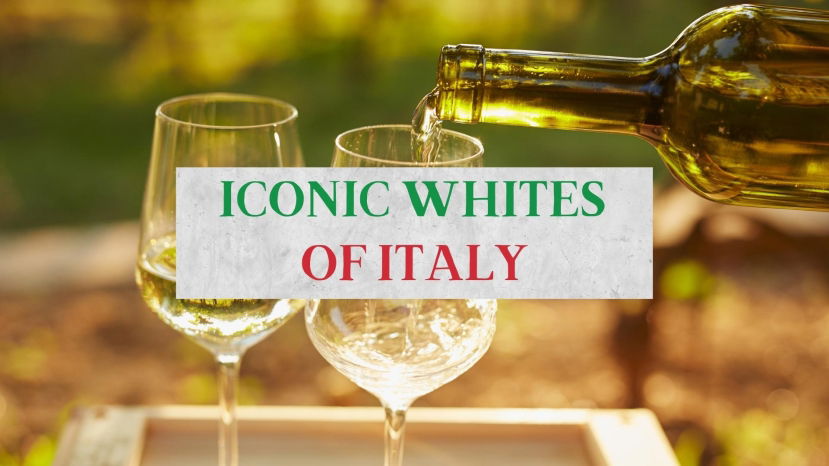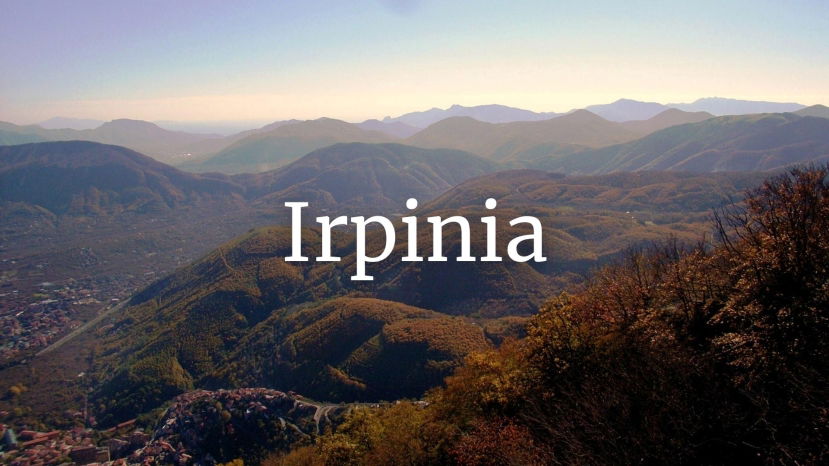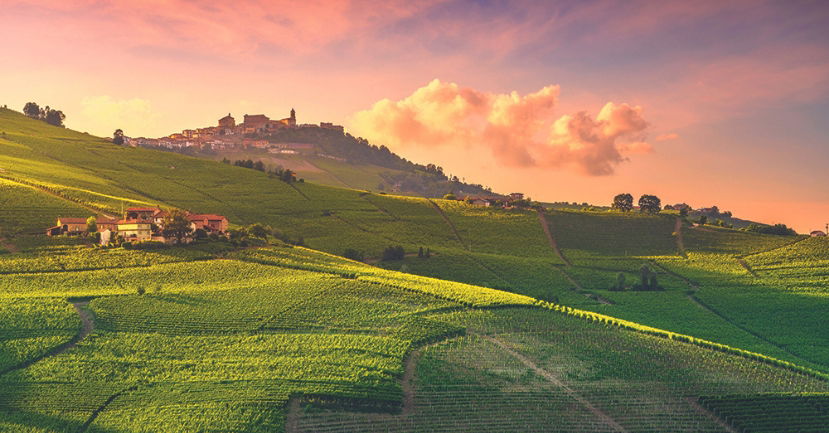BLOG
Italian Wine
When the Consorzio Brunello di Montalcino was established in 1967, one year after the wine received DOC status (it became one of the initial DOCG wines in 1980), there were only twenty-five members. Today, there are more than two hundred Brunello producers; given the reputation of this wine for its ability to age for twenty-plus years in the finest vintages, this is hardly surprising.
Summary: Calabria is one of the most undiscovered wine regions in Italy, although its wine history and heritage goes back to very ancient times. The ancient Greeks called it “Oenotria”, land of wine, when they first reached the Ionic coast of Calabria, discovering a wonderful land with perfect conditions of climate and soil to grow grapes and produce wine. A wine that was even offered to the winners of the Olympic games as
The best-known wines of Piemonte, such as Barolo, Barbaresco, Roero Arneis and Moscato d’Asti are produced from grapes grown in the southern sector of the region; this includes the province of Cuneo and Asti, in districts such as the Langhe and Roero. But farther north, Alto Piemonte is a territory that is home to some of the region’s most complex, yet least understood wines. Gattinara, Boca and Ghemme are a few of these selections, and these days, greater attention is being paid to these wines and this relatively unknown viticultural outpost.
Summary: In this WSG Live we will explore Abruzzo's varied terroir and indigenous grape varieties and see how much this beautiful region has to offer. We will discuss the DOC/DOCG appellations as well as the principal grape varieties. Abruzzo has remarkable white, red and rose wines and a long history to boot. We will also look at the styles and aging vessels winemakers are using to express the nuances of their locations. Presenter: Susannah Gold Susannah teaches
Summary: Once a resident of Sicilia, Ciro Pirone is well acquainted with the incredible Mongebello (Mount Etna) and its fascinating wines. Ciro takes viewers on a journey to discover more about the history and the bright, vinous future of this magical mountain. Etna is a mountain but also a volcano, located in the heart of the Mediterranean sea, on the island known as Sicily that for thousands of years was the crossroad of civilizations,
Summary: In this webinar, we will develop a greater understanding of Liguria's history which has impacted winemaking, cuisine and people today. We will explore the key grape varieties, appellations, vinification methods and terroir. From Colli Di Luni to Rossese di Dolceaqua and Taggiasca Olive Oil to Farinata, we will gain an appreciation for this region's wines and cuisines. Presenter: Roger Bissell For the last 20 years, Roger Bissell has been on an
Summary: In this webinar, Italy's best sommelier Roberto Anesi, native of Trentino, will guide you through the most important winegrowing zones and grape varieties of Trentino. Trentino is probably one of the most beautiful and underrated wine regions of Italy. The region boasts impressive high altitude vineyards, unique indigenous grapes such as
Whether it is in the bilingual wine labels of Alto Adige, or the occasional Slavic grape name in Friuli Venezia Giulia, Italian wine often reveals the duality of culture present in some of the country’s border regions. Tucked into Italy’s northwestern corner, Valle d’Aosta certainly demonstrates this, as its language, cuisine and wine seem to have one foot in Italy and another in France.
The story goes that a couple of years ago, at a high society charity event in Milan a noted British rock star was served a sparkling wine that impressed him so much that he asked to be introduced to its producer who happened to be present at the event, and to whom he is reported to have said “This is the greatest Prosecco I’ve ever tasted”. The wine was in fact a metodo classico riserva made by one of Franciacorta’s top producers. The anecdote may be apocryphal, but it could easily be true. The big wide world (and not only – the misconception is also becoming common in Italy) has started to perceive anything Italian with bubbles as Prosecco, without distinction of origin or refermentation method.
Summary: Contrary to popular belief Franciacorta is not a new wine region in fact wines have been produced in this region since the sixteenth century. However, the modern history of the region began in 1961 with the production of the first sparkling wine in the region by Franco Ziliani, winemaker at the Guido Berlucchi winery. The popularity of these wines attracted the attention of
With a treasure trove of native white varieties, Friuli Venezia Giulia makes some of Italy’s most exciting white wines.Friuli Venezia Giulia is considered the birthplace of modern Italian white winemaking. In the late 1960s, a small group of inspired producers began crafting clean, fresh and fruity white wines—a monumental shift from the tired, oxidized versions that had been largely produced prior.
Walking along the path that leads to the summit of the Cartizze hill, the town of Santo Stefano gradually emerges in the distance, its bell tower and a few quaint houses standing as a punctuation mark amidst the harmonious mosaic of woodland patches and vineyards. Like real-life topographic contour lines, the intricately arranged, labyrinthine rows of Glera vines ascend and wind through the characteristic, humpy “hogback” hills. Ciglioni – small, narrow cultivated terraced plots that have been utilised here since at least the 17th century – lend rigour and a sense of order to the vegetative profligacy of this landscape.
Matt Kirkland was an attendee of the WSG’s first Study Trip to Tuscany with Jane Hunt, MW. Here, he shares some of the insights he gleaned from the trip. Quality in wine can be assessed based upon balance, length, intensity, and complexity (and typicity when not tasting blindly). As the workhorse grape of central Italy, Sangiovese had a checkered history relative to quality. It is a high acid grape, with relatively high tannins; and quality demands a balance of these structural components. The goal of this essay will be to discuss the acid/tannin balance, its impact upon quality, and the implications for “mouthfeel” of the resultant wines. The harmonious balance of quality can be achieved with pure Sangiovese (Brunello de Montalcino or some Chianti’s, or with blends as in Chianti or the “Super Tuscans”); the key is taming the interplay of tannin and acid on the palate. The journey through Tuscany is a delectable discovery of vinous diversity, unified by the grape. “In the bad old days, Sangiovese tended to be overproduced which accentuated its tendency to exhibit high acid and unripe tannins… Sangiovese’s dominant viticultural characteristics are that it can vary as much as Pinot Noir in its sensitivity to place and that it ripens relatively late.” Jancis Robinson, www.jancisrobinson.com/learn/grape-varieties/red/sangiovese
Summary: Heroic viticulture can be defined in several ways. Surely, to grow grapes under quasi impossible conditions must be included in that definition. The lagoon of Venice is perhaps the most unlikely place in the world to grown grapevines. Yet, few know that the Serenissima has centuries old history of growing wine grapes and making wine for its population. This seminar explores different type of heroic viticulture,
Summary: Drinking and discovering Montepulciano (the grape) d'Abruzzo is like looking at a painter's palette, so many colors, so many shades and so many possibilities. Montepulciano is one of Italy's most versatile grapes that can produce terrific rosatos, quaffable reds for any occasion but also some of Italy's boldest and age-worthy wines, worth every sip. Presenter: Ciro Pirone
Italian red wines may get all the attention, but insiders know that Italian whites are as varied and interesting as the country’s reds. Italy’s multitude of mountains and hills ensures wines with bright acidity—the hallmark of Italian whites. Acidity is what makes a wine food friendly, and Italian white wines do not disappoint. From appetizers through dessert, there is a perfect Italian white for your table.
When the Consorzio Brunello di Montalcino was established in 1967, one year after the wine received DOC status (it became one of the initial DOCG wines in 1980), there were only twenty-five members. Today, there are more than two hundred Brunello producers; given the reputation of this wine for its ability to age for twenty-plus years in the finest vintages, this is hardly surprising.
Summary: While Italian reds still attract most of the attention for the country's wines, there are today, dozens of outstanding whites. This webinar will cover some of these classic and iconic white wines, ranging from north (Alto Adige and Friuli) to south (Campania and Sicily). Some of the finest examples of appellations such as Soave as well as
Summary: The province of Irpinia represents the heart of the Campanian wine industry. On the map, this is the province of Avellino, but vintners here refer to this territory by its ancient name of Irpinia. From this land, some of Italy's most complex and longest-lived whites wines, such as Fiano di Avellino and Greco di Tufo are produced, while Coda di Volpe and Falaghina are other local stylish whites. As for red wines of
Wine Scholar Guild is pleased to provide its readers with vintage and harvest reports for some of Italy’s most famous regions, from 2010 onward. We felt it was time that we expand our assessment of vintages and harvest reports outside of France and Italy was first on our list. To compile this in-depth report, we reached out to Italian wine specialist Tom Hyland. Tom seemed like the perfect fit for this project, as he has been reporting on and promoting Italian wines for more than twenty years as a journalist, educator, and photographer. He has made more than 75 trips to wine regions throughout all of Italy from his home in Chicago. In that time, he has written for numerous publications, including Decanter, wine-searcher.com and most recently Wine Spectator. He has written two books on Italian wine: Beyond Barolo and Brunello (2013) and The Wines and Foods of Piemonte (2016). Tom has conducted seminars on Italian wine for the trade and public; over the past year, he has led more than two dozen webinars with Italian producers; among these were several for Wine Scholar Guild. He also served as US ambassador for Consorzio I Vini del Piemonte for five years. He is also an accomplished photographer, having been named Wine Photographer of the Year (Category: Places) in 2020 at the prestigious Pink Lady competition in England. Andrea Eby, Italian Programs Director, asked Tom to provide a short blog article describing how he went about compiling this fantastic resource. We hope you enjoy the article and find the vintage charts as useful as we do. As always, we look forward to your questions and comments!

